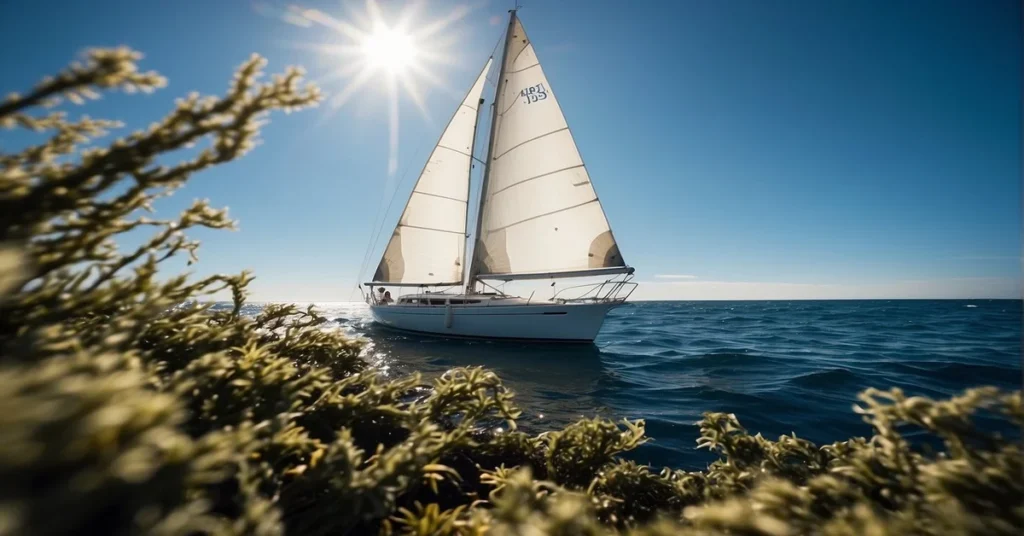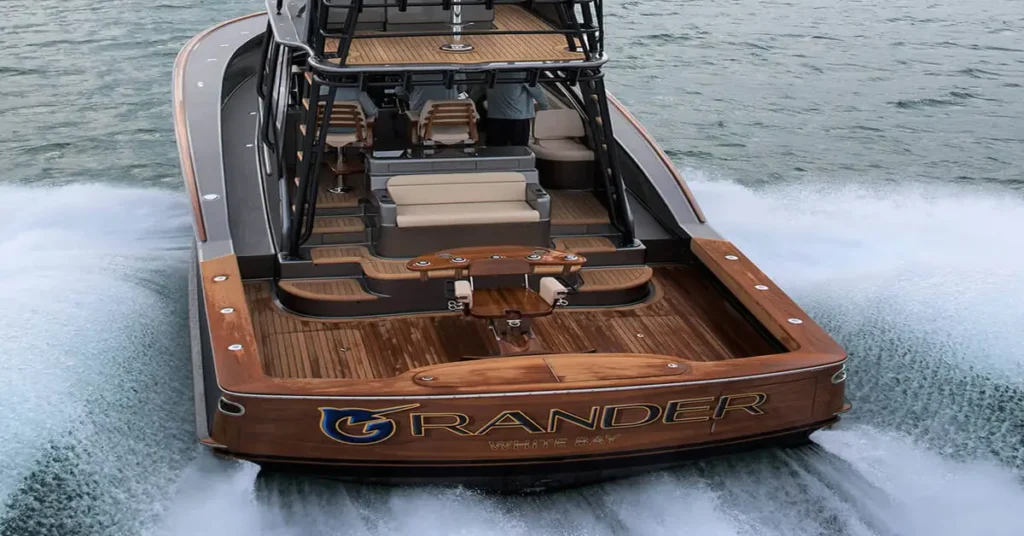Embarking on a nautical adventure requires a keen understanding of your vessel and the stern of a boat is a pivotal point that commands attention. This integral section does more than mark the rear; it’s the helm of performance and a testament to design ingenuity.
Get ready to dive into the world of sterns, where form meets function, and every curve holds a story. Set sail with us as we explore the art behind the aft, and prepare to be captivated by the stern’s impact on your nautical journey.
Anatomy of the Stern
When I consider a boat’s stern, I’m looking at its rear portion, which is pivotal not only for its appearance but also for its performance and handling at sea.
Types of Stern Design
A boat’s stern design plays a crucial role in its seaworthiness. Transom sterns are common and are characterized by a flat surface that meets the waterline, often seen on modern boats. With its tapered end, the canoe stern provides a sleek shape that cuts through the water efficiently, which is valuable in rough seas.
Cruiser sterns have rounded shapes that contribute to better stability and an elegant profile. More traditional designs include the counter stern, with an extended overhang; elliptical stern, known for its smooth curve; and fantail stern, which fans out like a peacock’s feathers.
The square stern delivers a simple and robust form for those desiring minimalistic traits. Conversely, the round stern offers symmetry and a visually pleasing aesthetic. Flat sterns are also precisely as they sound—flat and typically associated with smaller watercraft or utility vessels. Lastly, the reverse transom stern angles backward from the bottom up, sometimes enhancing the speed and hydrodynamics of a boat.
Stern Components
The transom is the key structural component at the stern, forming the back wall of the hull. This is where engines are often mounted on powerboats. Many stern designs integrate certain features for specific functions, such as a swim platform or space for mounting equipment.
Above the transom, the taffrail provides a handhold and often marks the stern’s upper boundary. It is frequently used as a decorative element on classic ships. My understanding is that the stern’s structure and components are integral, contributing to the boat’s performance, safety, and utility.
Functionality and Navigation

From my experience, I’ve found that the stern of a boat is not just the back end; it’s a hub for crucial navigational functions. It houses key components like the rudder and propeller, which control the vessel’s steering and speed. When I take the wheel or the tiller—I feel the direct link to the boat’s maneuverability.
Steering:
- Tiller: Directly connected to the rudder for smaller boats.
- Wheel: Operates the rudder via a steering system in larger vessels.
Speed and Propulsion:
The propeller, located at the stern, influences the speed. It’s powered by the boat’s engine and pushes water backward to propel the boat forward.
Navigation and Safety:
- The stern light, a white navigation light, is crucial after dark. It signals my presence to other vessels approaching from behind.
- Navigation equipment like GPS and radar often operates from the stern, ensuring safe and accurate travel.
Stability and Maneuverability:
The stern’s design can affect the boat’s stability on the water, impacting my ability to navigate through various conditions.
| Feature | Function |
|---|---|
| Rudder | Directs the flow of water, steering the boat. |
| Propeller | Moves the boat forward and controls speed. |
| Stern Light | Ensures visibility from the aft for safe nighttime navigation. |
| Navigation Equipment | Provides tools for precise and safe directional travel. |
As I assess the stern, I consider elements like the counter—a flat transverse surface that can impact the boat’s wake and drag. It’s fascinating to see how each element at the stern plays a role in my navigation experience on the water.
Every time I’m at the helm, the stern reminds me it’s much more than just the rear end of the boat—it’s where much of the control and functionality resides.
FAQ – What is the Stern of a Boat?

When I refer to a boat’s stern, I’m referring to its rear or aft-most part, which has various functions and features integral to its operation and design.
What does the stern of a boat do?
The stern serves several purposes. It primarily protects the boat’s structure and internal components from the harsh marine environment.
It houses the engine, often seen in outboard motors attached to this part, and supports essential steering components like the rudder.
How does a stern work?
Essentially, the stern shapes the water flow as the boat moves, contributing to the vessel’s stability and maneuverability. It’s where the propeller is located, which propels the boat forward or backward.
What indicates the stern of a boat?
You can identify the stern by looking for the boat’s back end, where the transom, or vertical section where the hull sides meet, is located. The stern includes the taffrail, a handrail around the ship’s back end, and the sternpost, an upright structural element of the stern.
Set your compass towards the comments and share your tales from the stern of a boat – we’re all aboard to hear your sea stories and insights!



